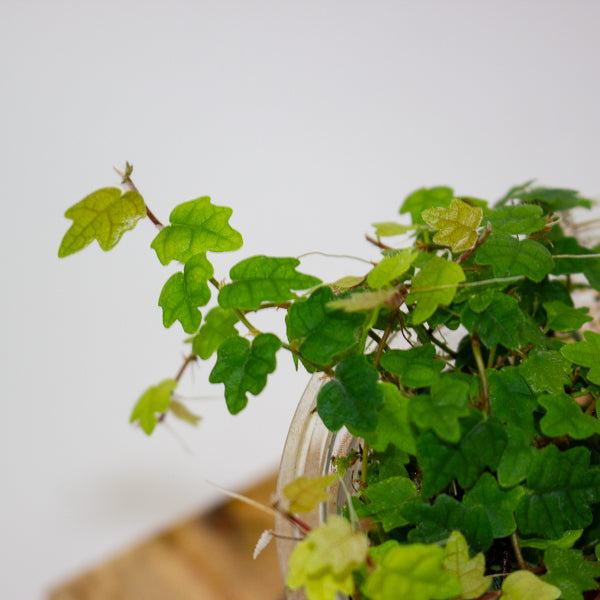1
/
of
10
Emm's Plant House
Ficus quercifolia (Oak Leaf Ficus)
Ficus quercifolia (Oak Leaf Ficus)
Regular price
£15.00 GBP
Regular price
Sale price
£15.00 GBP
Unit price
/
per
Taxes included.
Couldn't load pickup availability
Ficus quercifolia, commonly known as the Oak Leaf Ficus, is a delicate vining fig with small, oak-shaped leaves that form a dense, trailing carpet of greenery. Native to tropical regions of Asia, it’s ideal for terrariums, hanging planters, or as ground cover in humid environments.
- Full Botanical Name: Ficus quercifolia
- Common Names: Oak Leaf Ficus, Creeping Fig, Miniature Oak Leaf Fig
- Country and/or Region of Origin: Southeast Asia, including Indonesia and Malaysia
- Growing Conditions in Native Habitat: Creeping or climbing epiphyte found in moist tropical forests, growing along tree trunks or rocks in shaded, humid conditions
Care Guide
Care Guide
Share




















